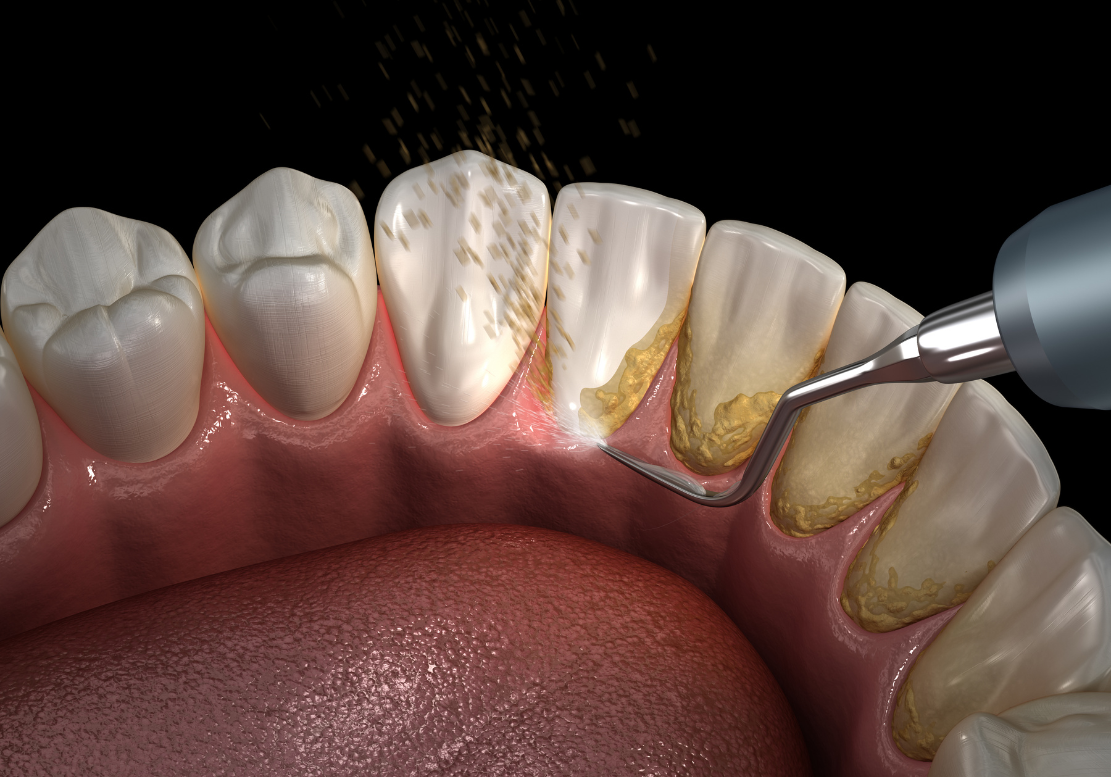What’s the Difference Between Plaque and Tartar?
Maintaining good oral hygiene is crucial for keeping your teeth and gums healthy, and understanding the difference between plaque and tartar is key to being able to do that. Both plaque and tartar can cause a range of dental issues if not properly managed, but they are not the same thing. In this article, we’ll break down what plaque and tartar are, what causes them, how to prevent them, and most importantly, the difference between plaque and tartar.

What is Plaque?
Plaque is a sticky, colorless film of bacteria that constantly forms on your teeth and along the gumline. It’s the result of the natural bacteria in your mouth interacting with the sugars and starches in the food you eat. Every time you eat or drink, especially sugary or starchy foods, bacteria in your mouth feed on the remnants and produce acids. These acids mix with the natural proteins and food particles in your mouth to form plaque.
Plaque starts forming on your teeth within minutes after eating, which is why it’s so important to maintain a regular oral hygiene routine. If plaque isn’t removed daily through brushing and flossing, it can harden into tartar, which is much more difficult to remove. Plaque is also the primary cause of tooth decay and gum disease, making it essential to address it promptly.
What is Tartar?
Tartar, also known as dental calculus, forms when plaque isn’t removed and hardens on your teeth. Unlike plaque, which is soft and can be removed with regular brushing and flossing, tartar is a hardened, crusty deposit that adheres strongly to the tooth surface and gumline. It can be yellow or brown and is usually noticeable because it’s much more visible than plaque.
Tartar buildup provides a rough surface that makes it easier for more plaque to accumulate, which can lead to serious dental problems such as cavities, gum disease, and bad breath. Once it has formed, it can only be removed by a dental professional using special tools during a procedure known as scaling.
Causes of Plaque and Tartar
The main cause of plaque is poor oral hygiene. Failing to brush and floss regularly allows plaque to form and stay on your teeth. Diet also plays a significant role; frequent consumption of sugary and starchy foods provides fuel for the bacteria that cause plaque. Tartar, on the other hand, forms after prolonged poor oral hygiene causes plaque left on the teeth to harden over time. It can also be influenced by factors like smoking, which tends to promote tartar buildup.
How to Prevent Plaque and Tartar
Preventing plaque and tartar buildup involves maintaining good oral hygiene and making healthy lifestyle choices. Here are some effective strategies:
- Brush Regularly: Brush your teeth at least twice a day for two minutes each time using a fluoride toothpaste. Pay special attention to brushing along the gumline, as this is where plaque tends to accumulate.
- Floss Daily: Flossing removes food particles and plaque from between your teeth and under the gumline, areas that your toothbrush can’t reach.
- Use Mouthwash: An antibacterial mouthwash can help reduce plaque and prevent it from hardening into tartar.
- Limit Sugary and Starchy Foods: Reducing your intake of sugary and starchy foods can minimize the fuel available for the bacteria that cause plaque.
- Visit Your Dentist Regularly: Professional cleanings are essential for removing tartar that you can’t remove at home. Regular dental check-ups also allow your dentist to monitor your oral health and provide personalized advice on how to manage plaque and tartar.
- Consider a Tartar-Control Toothpaste: Toothpastes with tartar control agents can help prevent the formation of tartar above the gumline.
The Difference Between Plaque and Tartar
The key difference between plaque and tartar is that plaque is a soft, sticky film of bacteria that forms on your teeth, whereas tartar is hardened plaque that has calcified on your teeth. Plaque can be removed with regular brushing and flossing, but once it hardens into tartar, it can only be removed by a dental professional. Tartar serves as a breeding ground for more plaque, increasing the risk of cavities, gum disease, and other serious oral health issues.
Understanding the difference between plaque and tartar is crucial for maintaining good oral hygiene. While plaque is relatively easy to manage with good habits, tartar requires professional intervention. By staying on top of your daily oral care routine and visiting your dentist regularly, you can effectively manage both plaque and tartar, keeping your smile healthy and bright.
